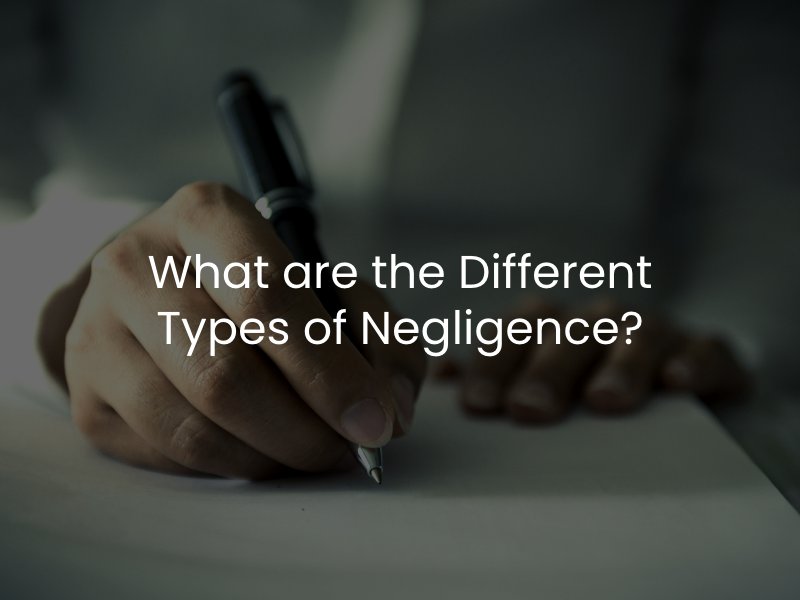What is Comparative Negligence?
When a personal injury claim arises, individuals who are harmed may be able to recover compensation if they can prove that another party caused their injury. However, injury claims are not always cut and dry. There are times when more than one party shares fault for causing an injury, and this can complicate the process of recovering compensation. Here, we want to properly define comparative negligence with respect to California law and discuss how this can affect a personal injury claim.
Defining Shared Fault Laws
Every state around the country uses some shared fault law to define what happens in an injury claim when more than one party is responsible for causing an injury. There are three basic methods that states use to “compare” negligence in order to determine compensation for entry victims. These methods are:

- Contributory negligence. This is the most restrictive form of shared fault laws and is only used in a few states at this point. Under a contributory negligence system, individuals will not be able to recover any compensation if they shared any fault for the incident, even just 1%.
- Comparative negligence. Under a comparative negligence system, individuals can recover compensation if they share blame for an incident, but the total compensation they receive will be reduced depending on the percentage of fault they shared. Additionally, under a comparative negligence system, which is used in most states around the country, individuals are prohibited from recovering compensation if they are either 50% or 51% responsible for causing their own injury (percentages vary by state).
- Pure comparative negligence. Several states around the country use a pure comparative negligence system. Under this shared fault system, individuals can recover compensation regardless of how much fault they share for an incident, even if they are 99% responsible for causing their own injury. Again, similar to the comparative negligence just discussed, individuals will receive a lower compensation amount depending on their level of fault.
What the Law Says in California
A pure comparative negligence system is used in California. If an individual sustains an injury and shared fault allegations come to light, there will need to be an extensive investigation into the injury incident in order to determine fault percentages. In other words, the insurance carriers or the court needs to know exactly “how much responsibility” a person shared for the incident.
To briefly show how this would work, and using simple numbers, let us imagine a vehicle accident victim sustains $100,000 worth of medical bills as a result of a rear-end accident. Typically, a rear driver would be at fault for a rear-end accident, but let us also imagine that the front driver did not have operable brake lights and failed to signal to the other driver that they intended to stop. In this scenario, a jury could certainly find that there was shared fault for the incident. Let us suppose the jury determines that the front driver, the injury victim, was 60% responsible for causing the incident because of the inoperable brake lights. Under this scenario, the individual will receive 60% less compensation than they would otherwise receive if they shared no fault. Instead of receiving $100,000, they would receive $40,000.
Will You Need a Lawyer for These Claims?
While you do not necessarily need an attorney to file an injury claim against another party, the reality is that cases involving comparative negligence become immensely more complicated than straightforward cases. We strongly suggest working with a Sacramento personal injury lawyer with experience handling complex injury claims so you have the best chance of recovering the compensation you are entitled to. An attorney can stand up to other parties and push back on any unfounded allegations of shared fault that could limit your compensation.